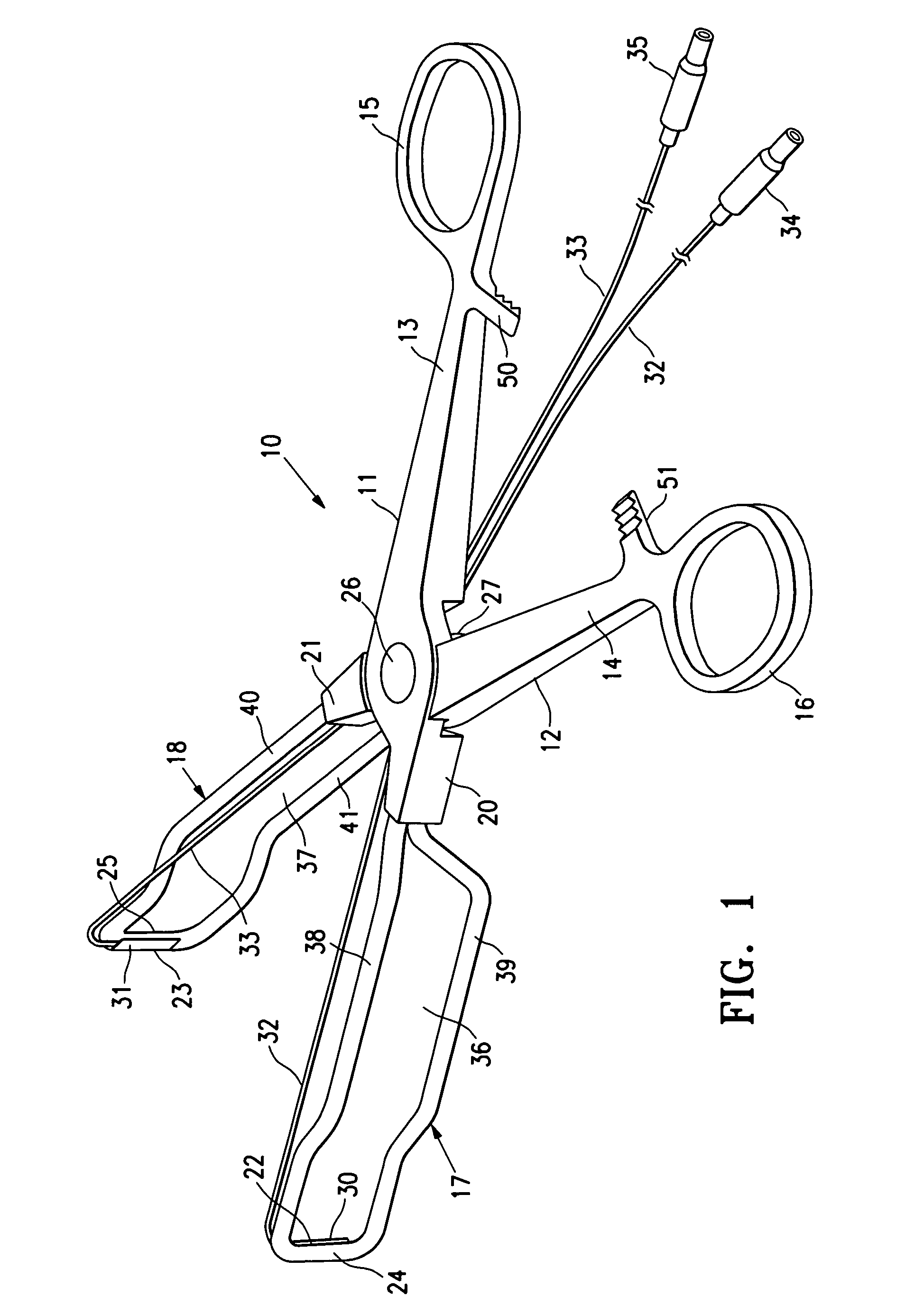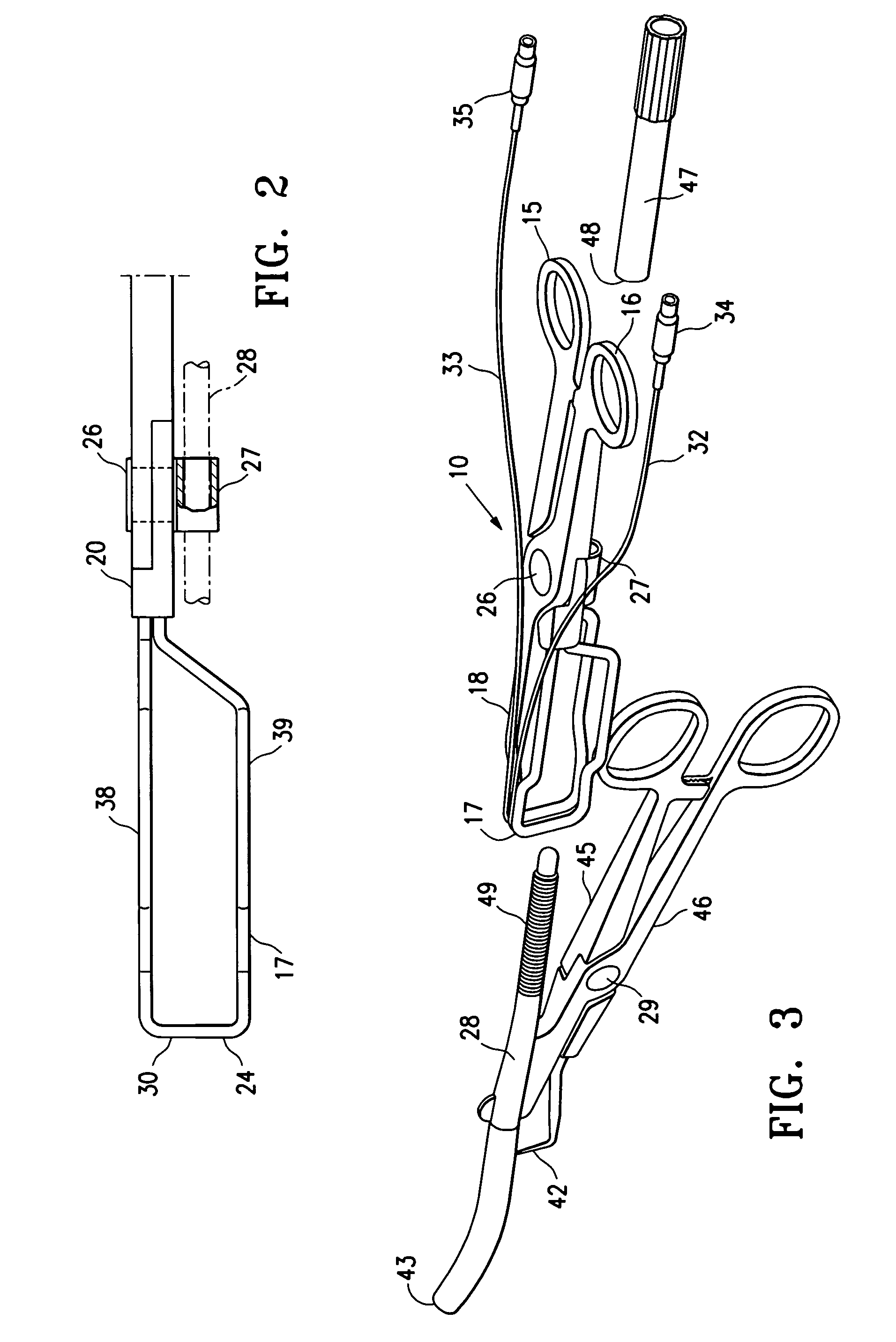Short term treatment for uterine disorder
a short-term treatment and uterine disorder technology, applied in the field of uterine disorders, can solve the problems of large doses and ineffective agents, and achieve the effect of reducing distance and facilitating more effective pressure application
- Summary
- Abstract
- Description
- Claims
- Application Information
AI Technical Summary
Benefits of technology
Problems solved by technology
Method used
Image
Examples
Embodiment Construction
[0031]The treatment embodying features of the invention basically involves occluding one or both of the patient's uterine arteries with a device to form thrombus within the occluded artery or arteries and administering an agent to the patient which will allow for occlusion of the artery or arteries to be prolonged after removal of the device. The agent may act to prevent lysis of the thrombus or may act to reduce uterine blood flow.
[0032]FIGS. 1 and 2 illustrate a relatively non-invasive intra-vaginal device 10 embodying features of the invention. The device 10 includes a pair of elongated clamping members 11 and 12, each of which has an elongated handle 13 and 14 respectively with finger grips 15 and 16 on the proximal ends of the handles. Clamping jaws 17 and 18 are secured to the distal ends 20 and 21 respectively of handles 13 and 14. The clamping jaws 17 and 18 are provided with pressure-applying surfaces 22 and 23 respectively on the distal ends 24 and 25 of the clamping eleme...
PUM
| Property | Measurement | Unit |
|---|---|---|
| distance | aaaaa | aaaaa |
| distance | aaaaa | aaaaa |
| distance | aaaaa | aaaaa |
Abstract
Description
Claims
Application Information
 Login to View More
Login to View More - R&D
- Intellectual Property
- Life Sciences
- Materials
- Tech Scout
- Unparalleled Data Quality
- Higher Quality Content
- 60% Fewer Hallucinations
Browse by: Latest US Patents, China's latest patents, Technical Efficacy Thesaurus, Application Domain, Technology Topic, Popular Technical Reports.
© 2025 PatSnap. All rights reserved.Legal|Privacy policy|Modern Slavery Act Transparency Statement|Sitemap|About US| Contact US: help@patsnap.com



